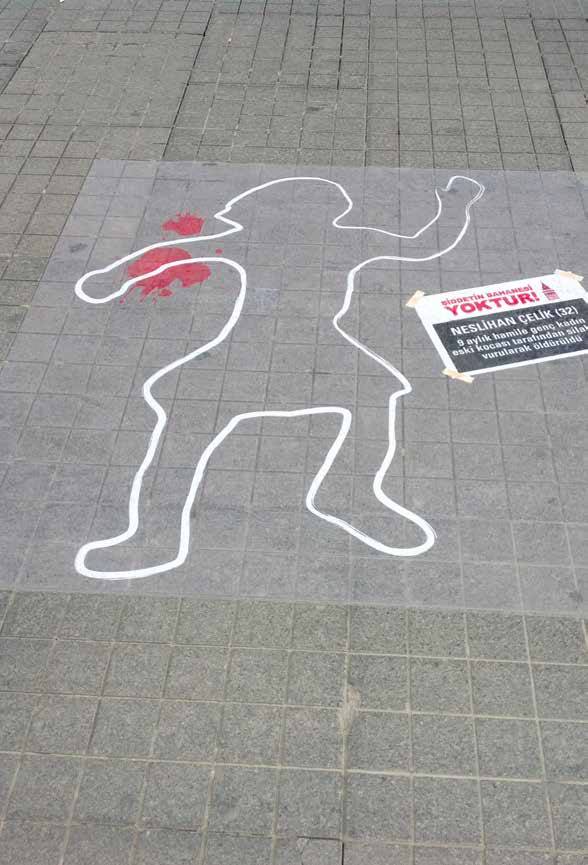Uppbrottstrappan. En modell för intersektionellt socialt arbete med våldsutsatta kvinnor
DOI:
https://doi.org/10.55870/tgv.v35i2-3.3286Nyckelord:
drogmissbruk, intersektionalitet, lesbisk, våld i nära relationerAbstract
The Breaking Up Stairs (BUS) is a model for intersectional social work with women who live in abusive relations and in intersections between different power orders. BUS focuses on the different steps women encounter when leaving, or trying to leave, a violent relationship. This article develops and applies BUS to two groups of women, women living in lesbian relationships and women living with drug abuse. The analysis simultaneously shows the commonalities and similarities between women living in violent relationships and the specific difficulties and needs experienced by women positioned at different points of intersecting inequalities. The article focuses on the empirical and theoretical grounds for BUS. BUS is developed on the basis of empirical results from research on women’s breaking up processes, the situations for battered women who are addicted to drugs and battered lesbian women. The theoretical grounds for BUS are intersectionality and a coherent understanding of violence. A coherent understanding of violence means – in line with a radical feminist view - that violence and domination are seen as important for constructions of masculinity, and not as something which should be isolated or ascribed only to specific subgroups of men. The article combines a radical feminist view and intersectionality. It discusses how increased difficulties for battered women living at the point of intersection between different oppressive structures can be made visible without being constructed as essentially different from the difficulties experienced by battered women in the majority population. In intersectional theory, demarcations to an additative assumption are common; it is regarded as highly problematic to simply add different kinds of oppression as layers onto each other. This article exemplifies how increased difficulties for marginalised subgroups of women can be illustrated in a way which visualises the increased level of difficulties - without applying the additative approach that intersectional theory initially criticised.
Nedladdningar
Downloads
Publicerad
Nummer
Sektion
Licens
Författaren/författarna behåller copyright till verket.





